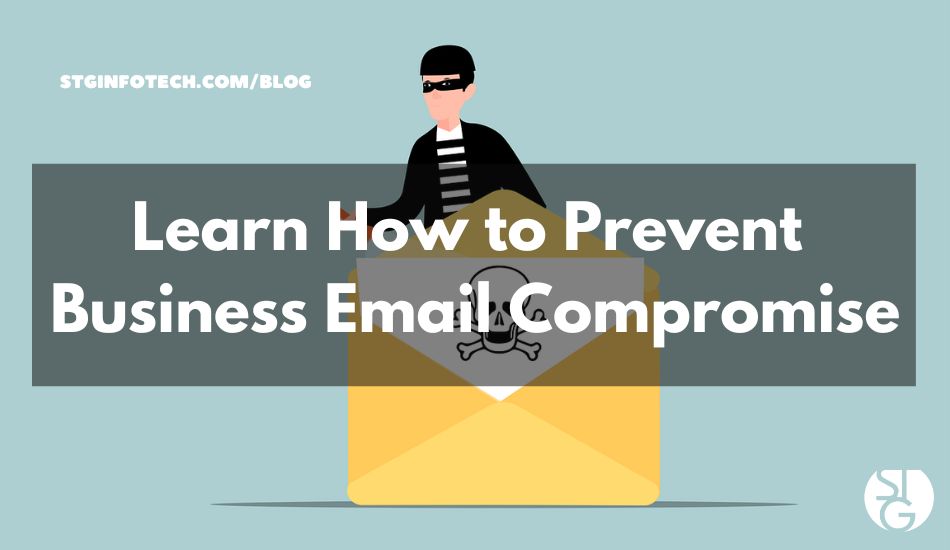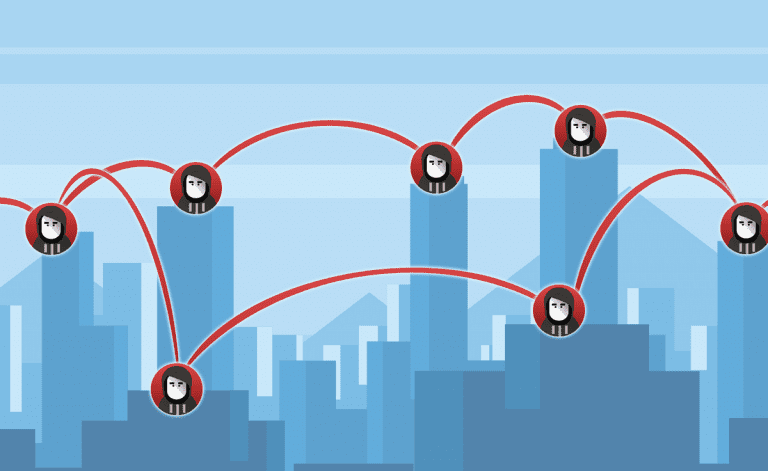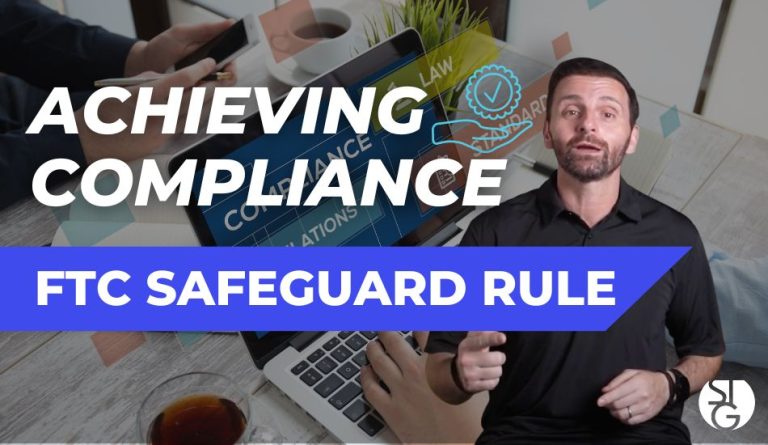Electronic mail, otherwise known as email, has become an integral part of our everyday lives. We use it for a variety of different things, including conducting business. And as we rely more on digital technology, cybercrime continues to grow as a result. Cyber threat is a major concern for anyone who uses email. So today, we learn how to fight business email compromise (BEC).
Why is it important for everyone to pay extra attention to BEC attacks? Because they are the biggest threat. BEC attacks increased by 81% in 2022, and up to 98% of employees failed to disclose the threat.
What is Business Email Compromise (BEC)?
The scam known as Business Email Compromise (BEC) targets users through email fraud. Victims include both businesses and individuals. They specifically target those who perform wire transfer transactions.
The cybercriminals will pose as a senior executive or business partner. They send these scamming emails to employees, clients, or vendors. These emails will ask for the recipients to make a payment or transfer funds.
The FBI estimates that BEC schemes cost organizations $1.8 billion in 2020. In 2021, that amount rose to $2.4 billion. Businesses and people can suffer significant financial losses as a result of these scams. They can damage their reputations as well.
How Does BEC Work?
BEC attacks are typically well-developed and sophisticated, which makes them challenging to recognize. The attacker starts by researching the company and its staff. They gain knowledge about operations, vendors, clients, and business associates of the company.
A lot of this information is available to the public for free. Scammers can find information on websites, LinkedIn and Facebook. The attackers do this to create a convincing email that looks like it comes from a senior executive or business partner.
Almost always, these emails will ask for a payment or money transfer. The request is typically sent as being urgent and confidential. For example, a business opportunity, vendor payment, or payment of international taxes.
The email’s sense of urgency causes the recipient to act fast. They will also use social engineering tactics. Like pretending to be a trusted contact or they’ll make a fake website mimicking a reliable one. These strategies make the emails more believable.
Once the recipient falls for the scam and makes the payment, the attacker makes off with the money. They leave the victim with financial losses as an aftermath.
How to Fight Business Email Compromise
BEC schemes can be difficult to stop. However, there are steps that people and businesses can take to reduce the likelihood of becoming a victim.
Train Employees
Businesses need to make the risks of BEC clear to all employees. This involves training them on how to spot and avoid these scams. Employees need to be aware of scammer strategies, including social engineering, urgent requests, and fake websites.
Email account security training should also cover the following:
- Continuously checking the sent folder for any odd communications
- Use a strong email password with at least 12-characters
- Frequently changing their email password
- Securing the way they store their email password
- Alert IT support if they think a phishing email has been sent
Enable Email Authentication
Organizations want to put email authentication procedures in place.
This comprises of:
- Domain-based Message Authentication, Reporting, and Conformance (DMARC)
- Sender Policy Framework (SPF)
- DomainKeys Identified Mail (DKIM)
These procedures can help to confirm the legitimacy of the email address. They lessen the chance of email spoofing as well. They also keep your emails out of the spam folder, so that’s a plus!
Investigate Financial Transactions
All financial transactions should be reviewed by the business. Look out for inconsistencies like unexpected wire transfers or changes to payment instructions.
If you don’t schedule these check-ins, it’s easy to forget. Make a note in your calendar to go over recent financial transactions. Create a schedule that makes sense for your business and transaction volume.
Create a Response Plan
All businesses should develop a BEC incident response plan. This includes the procedures for reporting such incidents. As well as freezing all transfers and informing law enforcement.
Use Phishing Detection Software
Anti-phishing software can be used by both businesses and individuals to identify and prevent fake emails. These tools get better as AI and machine learning become more widespread.
More and more phishing technology uses AI. Businesses owe it to themselves to be more vigilant to protect themselves.
Need Help with Email Security Solutions?
It can take a matter of seconds for money to leave your account and become unrecoverable. Do not leave your business email insecure. Give us a call today to learn more about your email security options.
If you’d like to learn more about what’s new in the tech world, follow our blog!
Click here to schedule a free 15-minute meeting with Stan Kats, our Founder, and Chief Technologist.
STG IT Consulting Group proudly provides IT Services in Greater Los Angeles and the surrounding areas for all your IT needs.





